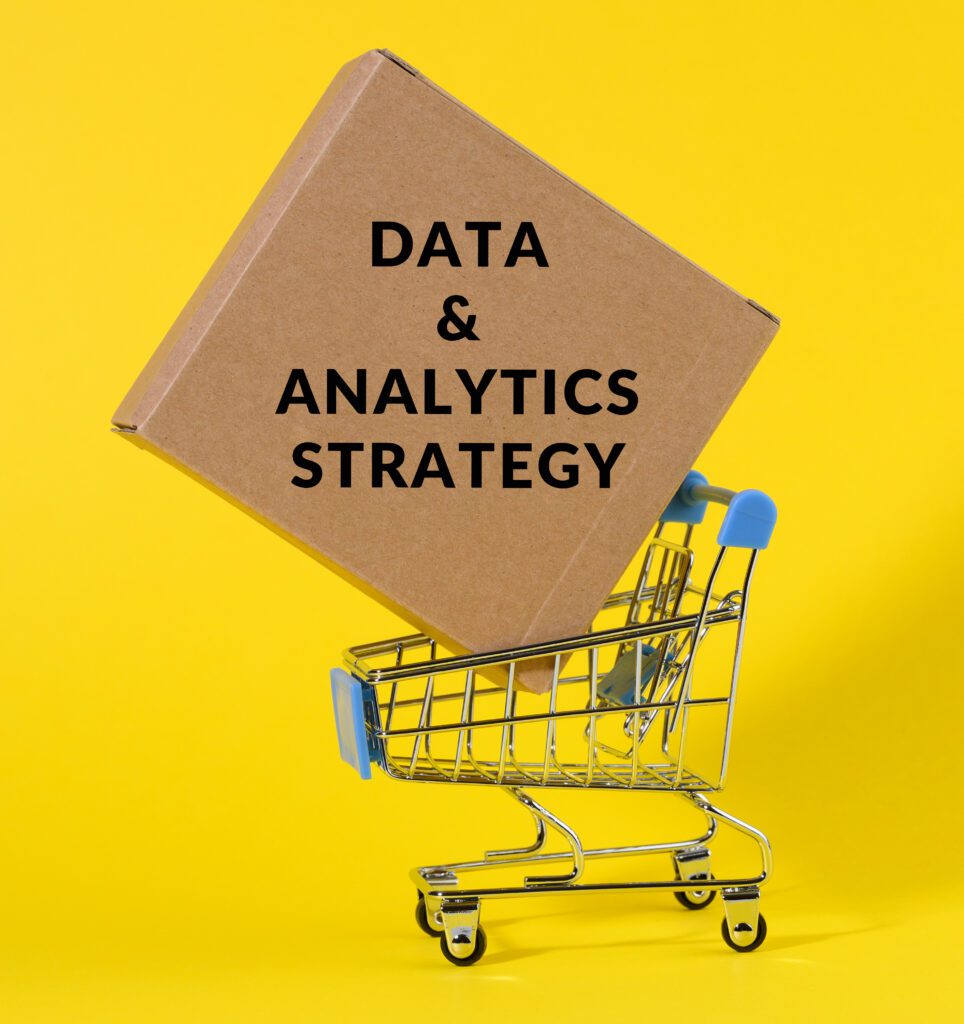CPG Data as an Asset
As a Consumer Packaged Goods (CPG) professional, you know that data is an essential asset for staying competitive and driving business growth in a rapidly changing marketplace. Having a clear and comprehensive data analytics strategy is vital to making the most of this asset. It should guide you in collecting, analyzing, and interpreting data to support your business objectives. An investment in data analytics can be a great way to leverage customer insights and Key Performance Indicators (KPIs) to gain an edge over other companies in the CPG industry. With the right data strategy in place, you can uncover valuable insights that can help you drive revenue, improve customer loyalty & stickiness, and gain a competitive advantage over your competitors. Data analytics is critical for any CPG company looking to stay relevant and maximize its potential.
Data Strategy is about Actionable Insights
But having a data analytics strategy is about more than just collecting and analyzing data. It requires an up-to-date knowledge of available data sources and the ability to leverage them effectively. This means integrating internal and external data sources for CPG companies to get complete visibility into their operations. This allows them to take actionable insights from the data to help them drive business growth and stay ahead of the competition. By leveraging comprehensive, advanced analytics, CPG companies need to ensure they make the most informed decisions to keep up with the continuously changing market.
Potential CPG Brand Use Cases
With the right data, CPG companies can optimize marketing campaigns, identify consumer preferences, generate personalized campaigns, and accurately forecast product demand. This can enable CPGs to build stronger relationships with customers and boost profitability. The following are a few examples of how having a strategy for CPG can help:
- Accurate forecasting is critical in the retail industry, allowing businesses to respond quickly to changes in consumer demand and adjust their production and distribution accordingly. By utilizing advanced forecasting techniques such as data analysis and in-store insights, businesses can ensure they are better prepared for changes in the market. With improved accuracy, retailers can quickly adjust their strategies to ensure they are always meeting the needs of their customers.
- By optimizing your supply chain and inventory management, siloed processes can be broken down to create a more cohesive interdepartmental collaboration. This will result in increased efficiency and reduced waste, improving product availability for the customer. Ultimately, this will help create a more successful business by increasing customer satisfaction and revenue.
- Analyzing customer data and understanding consumer preferences and behaviors are essential for businesses to create tailored marketing and customer engagement efforts to reach their demographic. Utilizing personalization is key to creating effective marketing campaigns that will resonate with customers and meet their needs. Gathering and studying customer data is an important first step in creating successful marketing initiatives that are tailored to the needs of each consumer.
- By strategically leveraging sales data and consumer trends, businesses can accelerate the development of new products and services that meet the needs of their customers. This will ensure that companies remain competitive in their respective markets while also helping to increase customer engagement and loyalty.
Conclusion
CPG brands need to become data-driven and have a robust data analytics strategy. With such a strategy, they can gain vital opportunities that help them maintain a competitive advantage and drive business growth. To maximize the value of their data and remain ahead of the competition, CPG companies need to become proactive with their data analytics strategy and create an environment where data is leveraged to identify patterns, trends, and insights that can help them make informed decisions.

